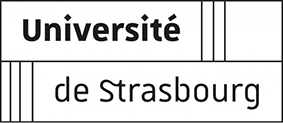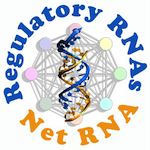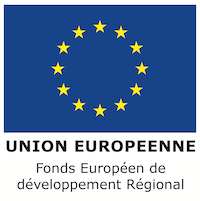In eukaryotes, RNA interference (RNAi) is crucial for development and plays a major role in response to the environment. This mechanism involves microRNAs (miRNAs) and small interfering RNAs (siRNAs) associating with proteins of the ARGONAUTE (AGO) family, which are part of a multiprotein complex called RISC. These small RNAs program RISC to recognize and cleave a target RNA, thereby inhibiting its expression. In the model plant Arabidopsis thaliana, it has been shown that AGO1, the major effector of miRNAs, physically associates with the cytosolic side of the rough endoplasmic reticulum (ER) membrane to exert its RNAi activity. However, the subcellular localization, trafficking, and function of AGO1 under stress conditions remain largely unknown.
In a study published on iScience, scientists investigated the subcellular localization of AGO1 protein during heat stress. Temperature is an important environmental factor affecting plant growth and development, and heat stress (HS) leads to a significant reduction in crop yield and quality. The authors first demonstrated that heat stress at 37°C promotes the accumulation of AGO1 protein in cytosolic condensates where it colocalizes with stress granule components. Through a proteomic approach, they showed that the AGO1 interactome under stress conditions includes known stress granule proteins, as well as some P-body proteins and the SGS3 protein involved in secondary siRNA biogenesis. Interestingly, AGO1 protein contains a prion-like domain in its N-terminal Poly-Q domain, which remains poorly characterized. They thus demonstrated that this domain is sufficient to enable phase separation of AGO1 protein in vitro and in vivo. The question arises regarding the function of AGO1 in these stress condensates. To address this question, the authors sequenced the small RNAs associated with AGO1 and employed the nanoPARE technique (parallel analysis of RNA 5′ ends from low-input RNA) to identify RISC-targeted RNAs during stress. This analysis showed that heat stress moderately affects the repertoire of small RNAs, the loading of AGO1 by miRNAs, and the cleavage signatures of target RNAs, suggesting that its localization in condensates protects AGO1 rather than promoting or altering its gene expression reprogramming activity under stress. Collectively, these findings shed new light on the impact of high temperature on a major effector of RNA interference in plants.















